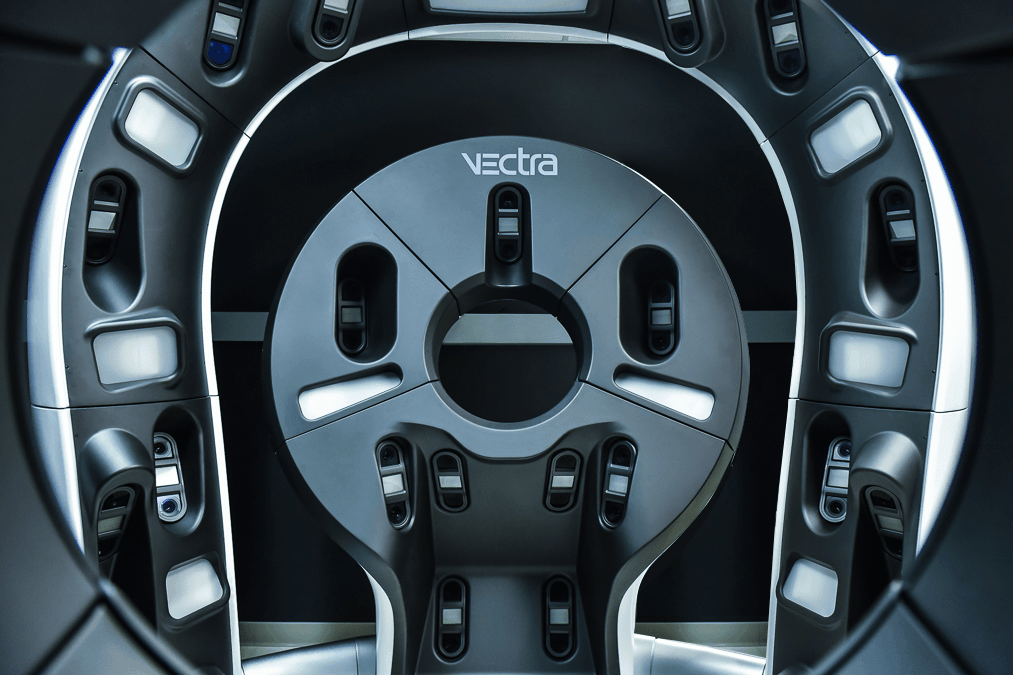Historically, the stance on aesthetics in medical design has been described as “form follows function.” The outward design of a product always takes a backseat to the simple need for the product to perform its function, often being dismissed altogether. However, with the medical and technological landscapes ever changing, the value of appropriate aesthetic design in medical devices has become obvious. It’s a simple fact that use experience matters, time is increasingly short as are attention spans. It’s also a fact that the aesthetics of a product dictate how that product is perceived by users and ultimately informs their preferences. Aesthetic design in medical device development requires focus on simplifying and improving the quality of user experience and helping OEMs develop a unique language that provides reassurance to its quality and brand.
Human Factors, Brand Identity and Aesthetics
The most obvious benefit of good aesthetic design for companies is brand development and recognition. While more apparent elements such as color or visual branding on the device itself can be used to develop recognition, there are several other aesthetic elements, such as form, that can be utilized as well, this constitutes the User Interface and embodies human factors. Every interaction a user has with their device is done through the User Interface (UI). Therefore, ease of use and quality of experience are of the utmost concern when designing one. Once a good UI is built, its elements and resources may be applied to other products developed by the same company. Users will already be familiar with the format and function of the UI because of their previous experience with it on other devices which will appeal to users who are already comfortable with the UI experience.
A great example of this is the well-known and widely praised interface design of the iPhone. For many, the iPhone’s unique and highly streamlined UI is the deciding factor in their loyalty to Apple as a brand. While the devices themselves may change, consumers can count on each device having that same intuitive interface. This same strategy can be applied to a medical device platform.
Improving User Experience
Aesthetics can also be deployed to simplify the user experience, the term “appropriate aesthetics” referring to this application. Appropriate aesthetics can be defined as an aesthetic design that fits the environment that the device is used in and that effectively communicates the purpose of the device to the user. Whether a product is meant to be rugged or precise, cleanable or disposable, the physical design should reflect those attributes.
The use of appropriate aesthetics can also help minimize the need for complex usage instructions and warning labels by expressing certain critical information through its appearance. Through appropriate aesthetics, the operation of a device can become more intuitive and thus easier and more comfortable overall. Yet, this principle can be pushed even further than simply making a device easier to use. Appropriate aesthetics can improve a patient’s quality of life by lowering stigmas or perceptions. This goes way beyond the clinical medical treatment the device provides.
Marrying Function and Emotion
In opposition to the idea of form following function is the idea of form following emotion. In medical design, it is obviously expected that function is of the utmost priority which is only secondary to ensuring safety. However, designers do have opportunities to inject personality into a device that makes the product go the extra mile to accommodate users’ or patients’ wants and needs.
By going beyond the extra mile to think through the emotional needs, including appropriate aesthetics, the design of a device can present patients with an option that reduces the mental and social effects of appearing “sick.” If the goal of a device can be described as improving the patient’s quality of life, one could argue that this use of aesthetics has enhanced its ability to perform that function. This truly demonstrates the ways in which aesthetics can be a useful and important tool for developing a successful medical product. While function and safety are always a top priority, turning a keen eye to the strategic use of the aesthetics can have numerous benefits to both the OEM and the user.
